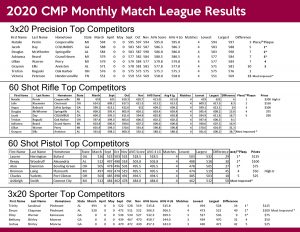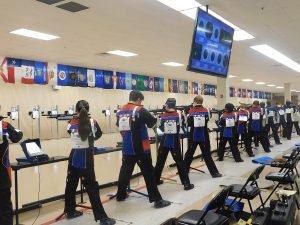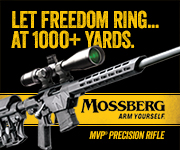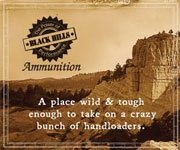Build a Strong Skeet Game
Posted By admin on April 27, 2021
By Amy Cawley (17)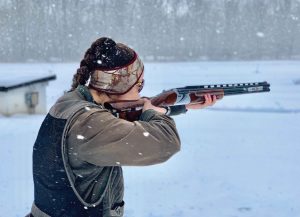
Whenever we talk with new shooters about Trap or Skeet, my father always says Skeet is the more difficult of the two to learn, but the easer to master. This makes a certain degree of sense. Targets always come from the same place (the high and low house), and will always fly the same speed and trajectory, crossing at the center stake (assuming no wind). It is this consistency that can lend itself to shooting some good scores – with the right kind of effort and preparation. I hope that some of the tips I provide can help get you to a point where you are no longer just attempting to break clays, but confidently and comfortable doing so.
PRACTICE:
There is more to practice than shooting full rounds one after the other. Walk onto a field with a specific purpose in mind. Sometimes the purpose is just having fun, and that’s OK – shooting clays should be fun. But to really progress in the sport here is what helps me. I always have a specific goal that I work to achieve that day. Think about each of the fundamentals – foot position, hold point, look point, break point, follow-through, and so forth. For example, making sure my foot positioning is consistent every time I walk onto the pad or, staying in the gun and following through each time I shoot. Practice in such a way that you can review and digest it later. Shoot a full box on one station if there is something specific you are working on. Use an orange cone or stack of clays placed one-third of the way to the center stake to reinforce hold points. Focus on the process, not the result. Another key component of any shooting activity is your mindset. Your mindset is something that can make or break how you shoot for that day, somake sure you start on a good note. A big thing for me was changing “I have to shoot today” to “I have the opportunity to shoot today”. It was a slight change that made a world of difference. It can, however, be a little tough sometimes to appreciate the “opportunity to shoot” in the winter (especially Western New York winter!), so just do your best.
Following a practice day, it’s always good to reflect. For the sake of your mental game, I choose to always start with the positives that went well that day. After that, for every negative, I do my best to think of two more positives. They don’t have to be huge victories, but just something to help remind yourself that your mistakes don’t define you. It is also a good idea to keep a shooting journal so that you can track how you have progressed.
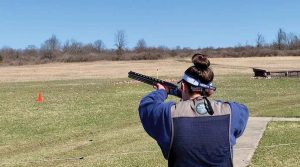 COMPETITION PREP:
COMPETITION PREP:
When preparing for a skeet competition there is a lot to take into consideration. These preparations can take place anywhere from months before the event to right before your squad goes out on the field.
Months:
You want to decide if you want to do big tournaments, small ones or both. If you do choose to compete in a larger one and hope to do well, you need to come up with a training plan. This may consist of scheduled practice dates and times, workouts, and deciding the right kind of food to fuel your body. These things should be taking place months before so that your body and mind are conditioned to compete at that higher level.
Days:
If you pre-registered for the event, verify your assigned field and shoot time. Always check – never assume! You should also be watching the weather so that you can prepare and dress accordingly. Pack a small duffel bag with extra clothes in case it rains or is colder (or warmer) than forecasted. Clean your gun and make sure the right choke is in the barrel. Completely unpack and repack your shooting bag to make sure you have everything you need.
Right before:
Get to your assigned field early. If there is another squad on the field ahead of you it is a great opportunity to see how the targets are flying and what they look like against the background. Before the start of your first round take a few minutes to walk the field. Stand at each station and look to your expected hold points for that station.
Find a landmark such as a tree that will help you confidently find that hold point each and every time during your rounds. Grab two of your squadmates and check the targets again. One of you should be on station 1, another at 4 and the third at 7. One and Seven are watching their bird to ensure it flies true over the center stake and lands close to the boundary marker. The person at Four is checking that a pair crosses at the center stake and would pass through the hoop if it was there. This is the time to ask the referee for an adjustment if something doesn’t look right. When everyone is ready to go, double-check your safety and enjoy the round.
RANDOM THOUGHTS: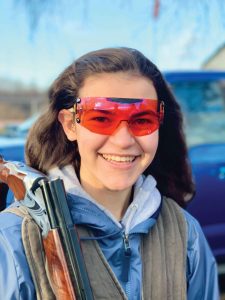
Another thing that is very valuable on the skeet field as well as the other discipline is how you choose to react to a missed target. It is very easy to let that one target get to you, but as I’m sure you have seen that often leads to another lost target. Shooting is a mental game and dwelling on a missed target will promote a poor mindset for the rest of that round.
In skeet your first miss requires you to take your option target. It is very easy to quickly go from your miss, right into your option and make the same exact mistake you just made. Make sure you have a routine that has become subconscious for when you miss. An idea for this might be to take a step back, close your eyes, take one deep breath and reset. When we miss our coach reminds us we must do something different when you execute the next shot. Always think positive, practice with your goals in mind, and watch your scores go up!
Author Profile:
Amy Cawley is a High School Junior and currently resides in Western New York. She shoots Trap, Skeet and Sporting Clays with the A&B Clay Busters team in the Scholastic Clay Target Program, as well as her high school Trap team in the High School Clay Target League. She is an NRA Level 1 (Junior) Shotgun Coach. Amy is a also a staff writer for Junior Shooters magazine and manages their Instagram page.
////////////////
CHECK OUT JUNIOR SHOOTERS magazine’s INSTAGRAM PAGE! QR CODE BELOW
Lots of great posts by junior shooters! See what they are talking about.


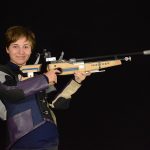
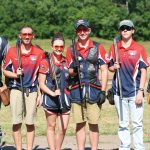
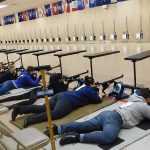
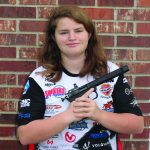
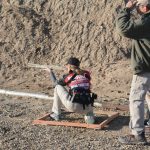

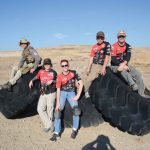
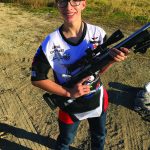
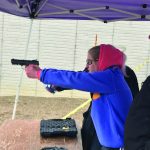
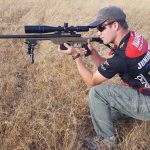
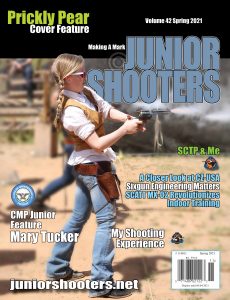
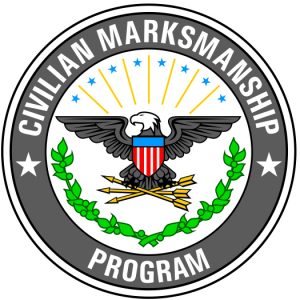
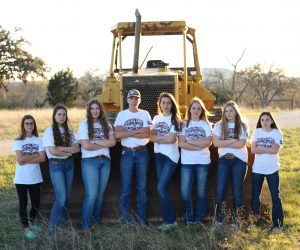
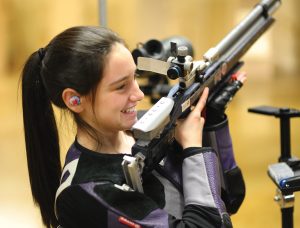
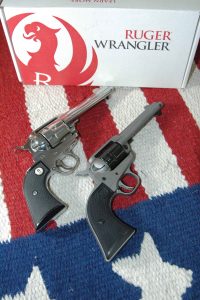
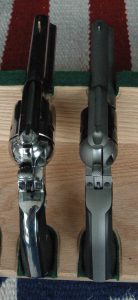
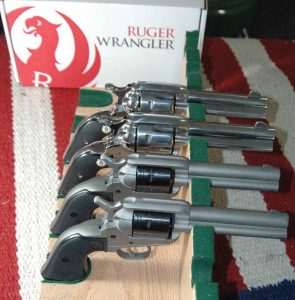
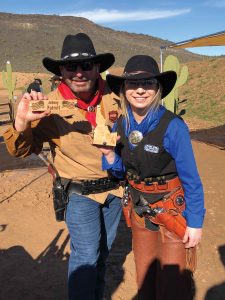
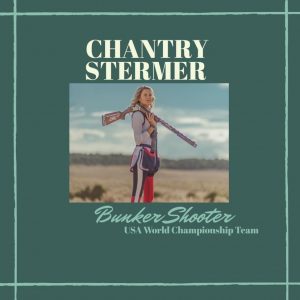



 We were 175 yards apart, and I was confident that I could make the shot. I waited for the buck to turn broadside to me, and that seemed to take forever, but that is part of the process. Then he finally moved to where I could make the shot and I got my breathing level, took my time to aim right, and pulled the trigger. I saw his head jump up and I thought I had missed again, Rick insisted that I had not. The buck took ten steps and was down.
We were 175 yards apart, and I was confident that I could make the shot. I waited for the buck to turn broadside to me, and that seemed to take forever, but that is part of the process. Then he finally moved to where I could make the shot and I got my breathing level, took my time to aim right, and pulled the trigger. I saw his head jump up and I thought I had missed again, Rick insisted that I had not. The buck took ten steps and was down. After we were home for a few days, I was able to take the head to Swanson Skullery in Emmett, ID to have the euro mount done. They have a deal were any junior can bring in their first big game harvest and Swanson’s will do the cleaning process for free. A few weeks later, I got the finished product back, and it was perfect. It took a long time and a lot of help from others for me to get my first big game harvest. I am grateful to all of them for the effort they put in to help me out. It was a great experience and I cannot wait to do it again.
After we were home for a few days, I was able to take the head to Swanson Skullery in Emmett, ID to have the euro mount done. They have a deal were any junior can bring in their first big game harvest and Swanson’s will do the cleaning process for free. A few weeks later, I got the finished product back, and it was perfect. It took a long time and a lot of help from others for me to get my first big game harvest. I am grateful to all of them for the effort they put in to help me out. It was a great experience and I cannot wait to do it again.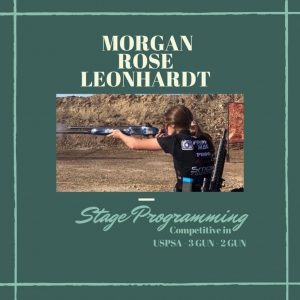
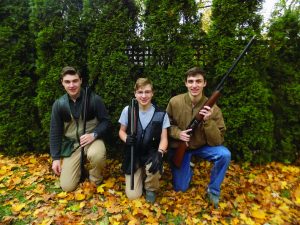 Anthony, Dominic and Vincent Basile are three brothers from Rochester New York who share a passion for clay target sports. Two years ago, they were shooting on the Hunters Tour sporting clays league when shotgun coach Bob Broderick approached the boys and their father and asked if they might be interested in joining a Scholastic Clay Target team. At the time the A&B Clay Busters consisted of one athlete and one coach. Their response was an immediate “yes”, and the Clay Busters could now legitimately call themselves a team. The boy’s enthusiasm was contagious, and they spread word at their local club how great the program was. The team has since grown to 10 athletes with the expectation to grow even larger.
Anthony, Dominic and Vincent Basile are three brothers from Rochester New York who share a passion for clay target sports. Two years ago, they were shooting on the Hunters Tour sporting clays league when shotgun coach Bob Broderick approached the boys and their father and asked if they might be interested in joining a Scholastic Clay Target team. At the time the A&B Clay Busters consisted of one athlete and one coach. Their response was an immediate “yes”, and the Clay Busters could now legitimately call themselves a team. The boy’s enthusiasm was contagious, and they spread word at their local club how great the program was. The team has since grown to 10 athletes with the expectation to grow even larger.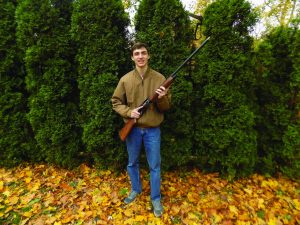 Anthony Basile has gotten quite a lot out of the Scholastic Clay Target Program over the past two seasons. “I have learned how to operate on a team and how to learn from my mistakes,” says Anthony. He hopes this year to improve his focus and confidence throughout an event, specifically sporting clays. Anthony in the past has taken first place for trap in the SCTP state championships and hopes for many more wins in the future. When Anthony isn’t shooting you can find him doing computer programming, robotics or working on 3d design. Following high school Anthony plans to attend college and pursue a career in 3d design and animation.
Anthony Basile has gotten quite a lot out of the Scholastic Clay Target Program over the past two seasons. “I have learned how to operate on a team and how to learn from my mistakes,” says Anthony. He hopes this year to improve his focus and confidence throughout an event, specifically sporting clays. Anthony in the past has taken first place for trap in the SCTP state championships and hopes for many more wins in the future. When Anthony isn’t shooting you can find him doing computer programming, robotics or working on 3d design. Following high school Anthony plans to attend college and pursue a career in 3d design and animation.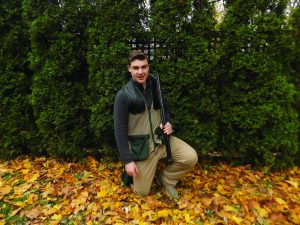 Dominic started shooting at the age of 12 along with Anthony. “When I broke my first target, I instantly became addicted to the sport,” says Dominic. When asked what he thought the toughest part about shooting was for him, he said “staying consistent was the hardest, as well as treating every opportunity to shoot as an opportunity to learn”. These are key components that Dominic has chosen to focus and improve on this Scholastic season. In addition to shooting Dominic has a passion for physical fitness and health and hopes to take this passion into the medical field later in life.
Dominic started shooting at the age of 12 along with Anthony. “When I broke my first target, I instantly became addicted to the sport,” says Dominic. When asked what he thought the toughest part about shooting was for him, he said “staying consistent was the hardest, as well as treating every opportunity to shoot as an opportunity to learn”. These are key components that Dominic has chosen to focus and improve on this Scholastic season. In addition to shooting Dominic has a passion for physical fitness and health and hopes to take this passion into the medical field later in life.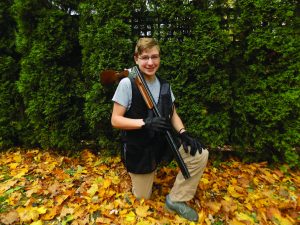 Vincent has been following in his older brothers’ footsteps and has progressed extremely well. The 14-year-old took first place in skeet, second place in sporting clays and third place in trap at last year’s Spring Competitions. His goals this year include developing a pre shot routine, meeting new people and going to the SCTP nationals in Ohio this year. When asked why he loves shooting so much his response was simple. “I can go out to an event or practice and meet lots of new kids” which is a key part of what SCTP is all about. When Vincent is not out practicing you can find him playing piano or enjoying a good book. He hopes to attend a music university to study piano performance.
Vincent has been following in his older brothers’ footsteps and has progressed extremely well. The 14-year-old took first place in skeet, second place in sporting clays and third place in trap at last year’s Spring Competitions. His goals this year include developing a pre shot routine, meeting new people and going to the SCTP nationals in Ohio this year. When asked why he loves shooting so much his response was simple. “I can go out to an event or practice and meet lots of new kids” which is a key part of what SCTP is all about. When Vincent is not out practicing you can find him playing piano or enjoying a good book. He hopes to attend a music university to study piano performance.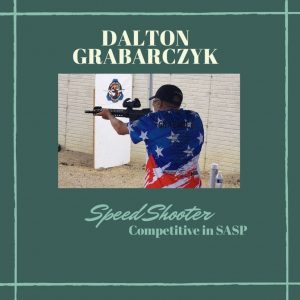

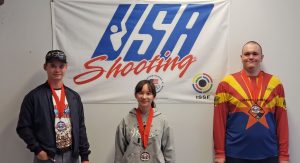
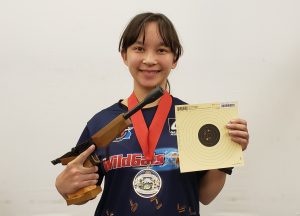
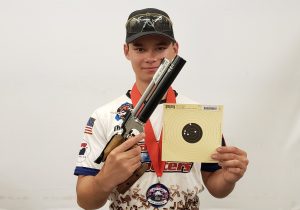 When the athletes are on the firing line, coaching is not allowed, so coaches must properly prepare their athletes ahead of time with the full knowledge they are going to need during the match.
When the athletes are on the firing line, coaching is not allowed, so coaches must properly prepare their athletes ahead of time with the full knowledge they are going to need during the match.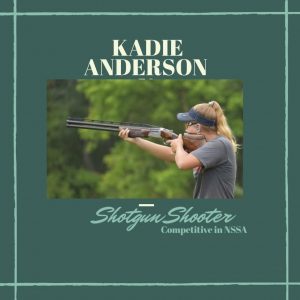
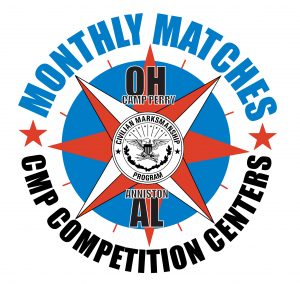 The Civilian Marksmanship Program (CMP) has announced the top performers of its Monthly Match League competition series for the 2020 season.
The Civilian Marksmanship Program (CMP) has announced the top performers of its Monthly Match League competition series for the 2020 season.